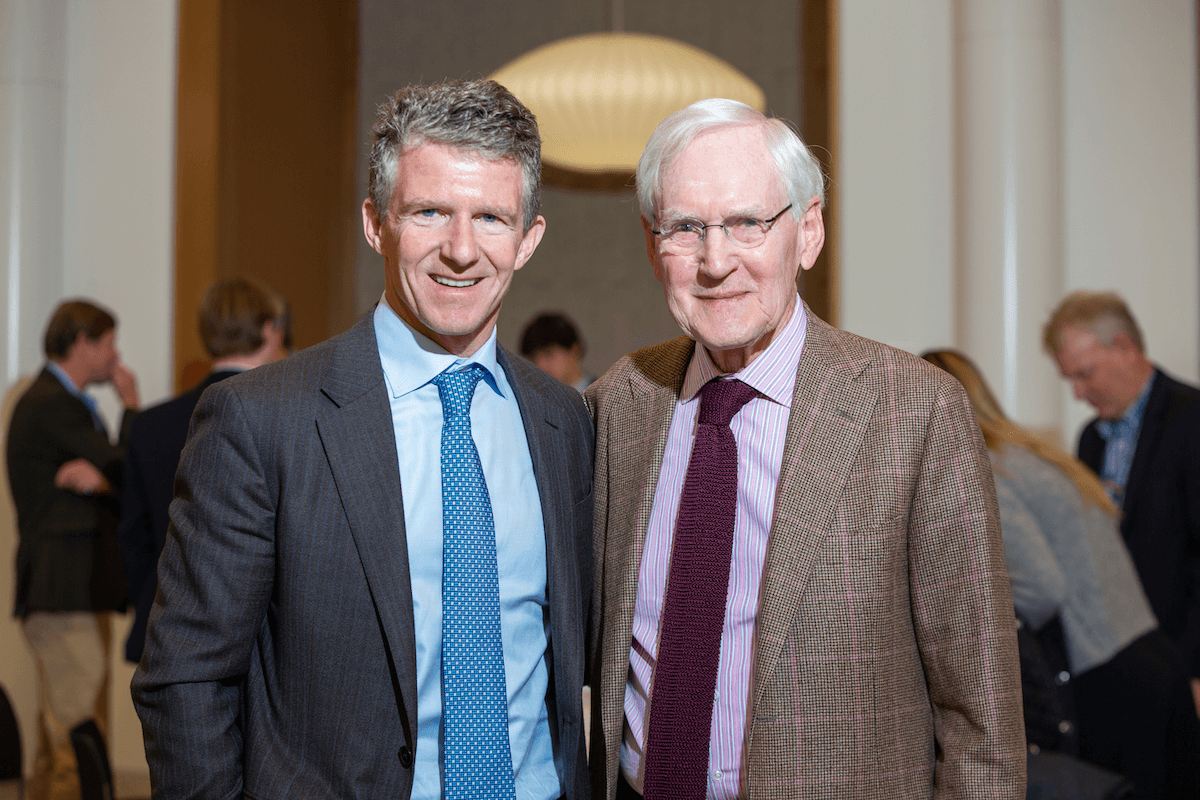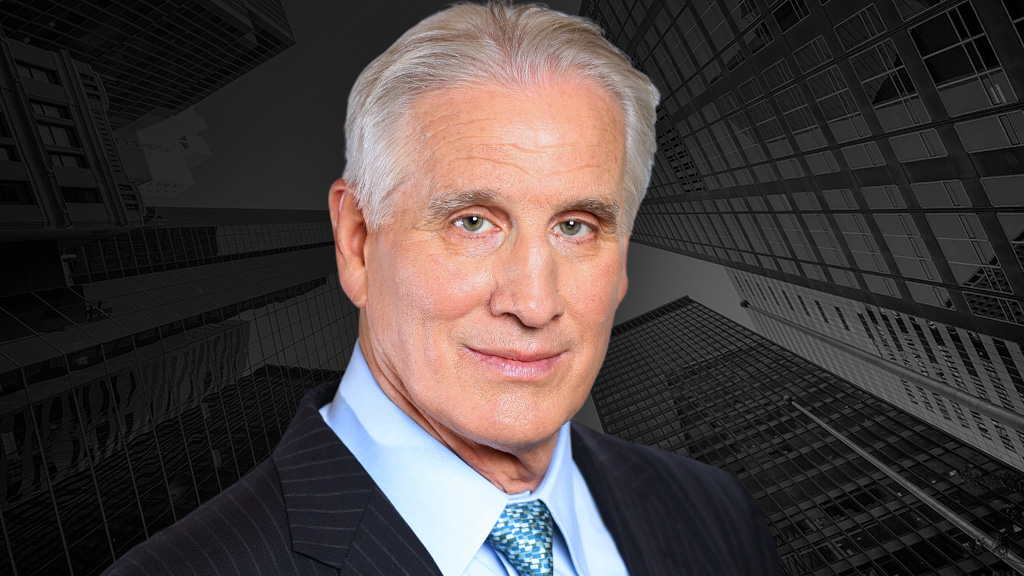Business & Leadership
Finance
Government & Policy
Investment Banking
Investment Management
Investment Sales
Market Trends
Research
Servicing
Technology
Valuations
W&D Community
Thank you! Your submission has been received!
Oops! Something went wrong while submitting the form.
Thank you! Your submission has been received.
Oops! Something went wrong while submitting the form.
Thank you! Your submission has been received.
Oops! Something went wrong while submitting the form.
Technology
W&D Community
Valuations
Government & Policy
Servicing
Research
Investment Sales
Market Trends
Business & Leadership
Investment Management
Finance
Investment Banking
News & Events
Find out what we’re doing by regularly visiting our news & events pages.
Walker Webcast
Gain insight on leadership, business, the economy, commercial real estate, and more.













